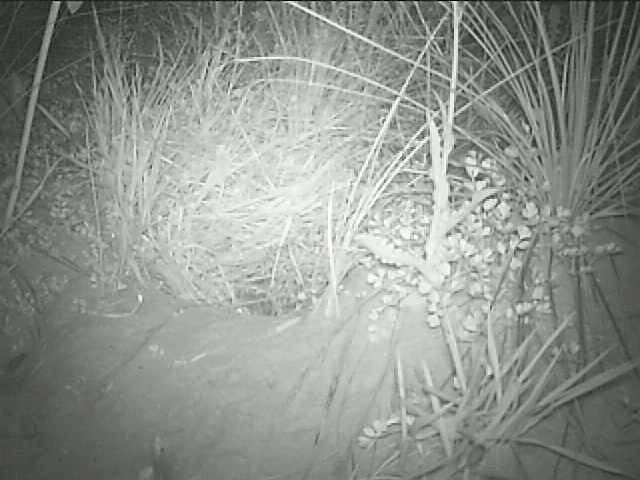Methods
Summary
I am utilizing tiny GLS tags (Intigeo W65A9-SEA) that record both light and conductivity data. After I capture tagged South Georgia Diving Petrels, I will remove the tags from the birds and will download the data. With this data, I can infer location and activity of the birds and consequently, model pelagic habitat selection and corresponding threats on various scales. Male and females may have different distributions and therefore I will send feather samples to a laboratory for genetic sexing. Furthermore, I will differentiate between the breeding and non-breeding season distribution. Combined, this will allow for an in-depth assessment of the pelagic threats faced by the 'flying penguins'.
In addition, thanks to generous backers we can dream a bit further: banding fledglings to assess juvenile (post-fledging) mortality using a mark-recapture study. This is likely to be a very important parameter in a population model. Such population models are crucial to fine-tune conservation management.
Challenges
Tracking the global movements of birds is developing at a high pace. To avoid any impact on the bird’s behavior and survival, tags should be below 3% of the body weight of the target species. Technological developments allow smaller and smaller birds to be tracked. An additional challenge arises when the target species is a seabird, as seawater damages most conventional tags. Therefore, I am using miniature-sized Intigeo W65A9-SEA tags that weigh only 0.7 grams and have a specialized seawater-proof coating; ideal for small ‘flying penguins’!
Capturing South Georgia Diving Petrels is hard work. They are nocturnal and enter/leave their burrows quickly. These burrows are up to two meters deep and therefore out of reach. I can entice birds to come out of their burrows by playing their calls. This has a very low success rate though (one bird per night on average), as the birds are more concerned with what they should be doing: breeding! Therefore, I have designed burrow traps specifically for South Georgian Diving Petrels. These traps allow me to capture birds at higher rates (up to eight birds per night), while minimizing disturbance. These traps greatly facilitate the capture of target individuals such as birds carrying GLS tags.

Pre Analysis Plan
Using the distributional data obtained from the GLS tags and high resolution sea maps, I will built resource selection models to analyse habitat requirements of South Georgia Diving Petrels at sea. In addition, I will use maps of shipping and fishing activity to assess potential threats to the South Georgian Diving Petrel at sea. The data analysis will take place at several levels. I will assess differences in male and female ranges and corresponding threats. In addition, the species is likely to show migratory behavior and thus I will assess the distribution and threats separately for breeding and non-breeding seasons.
Protocols
This project has not yet shared any protocols.
.JPG)